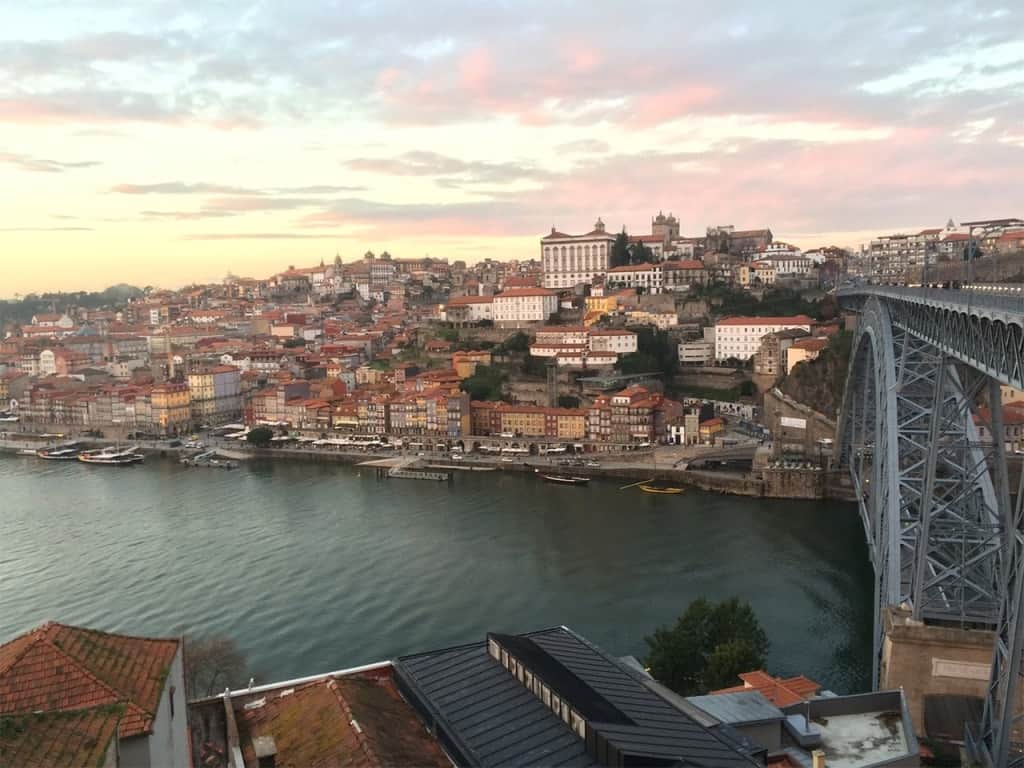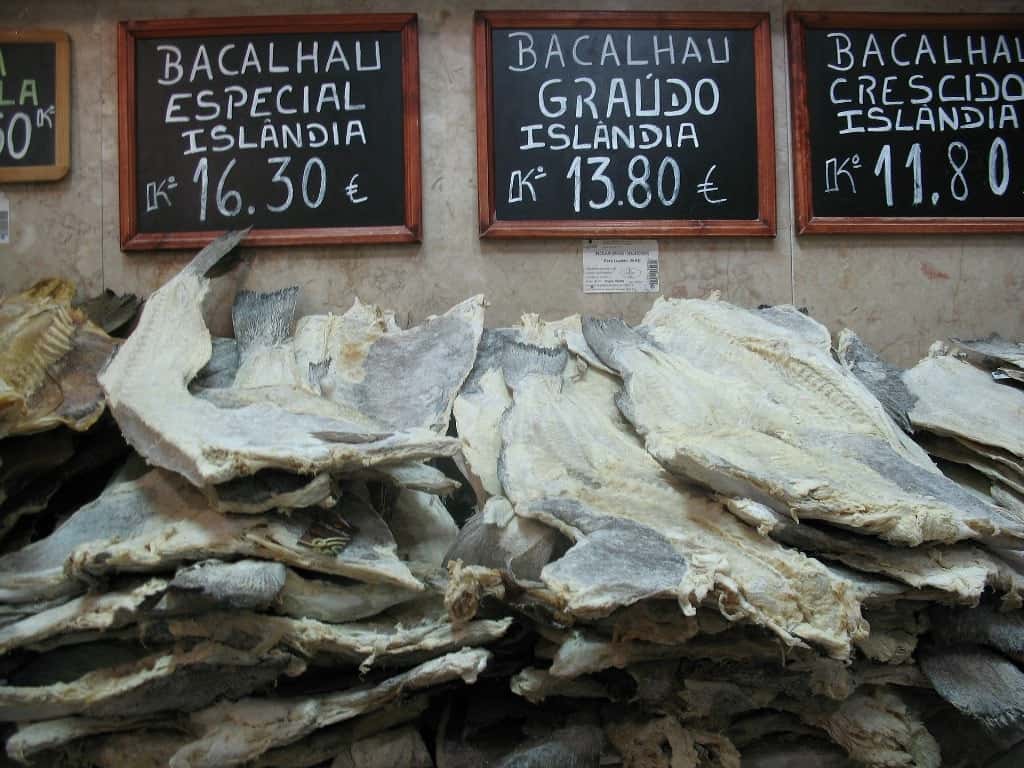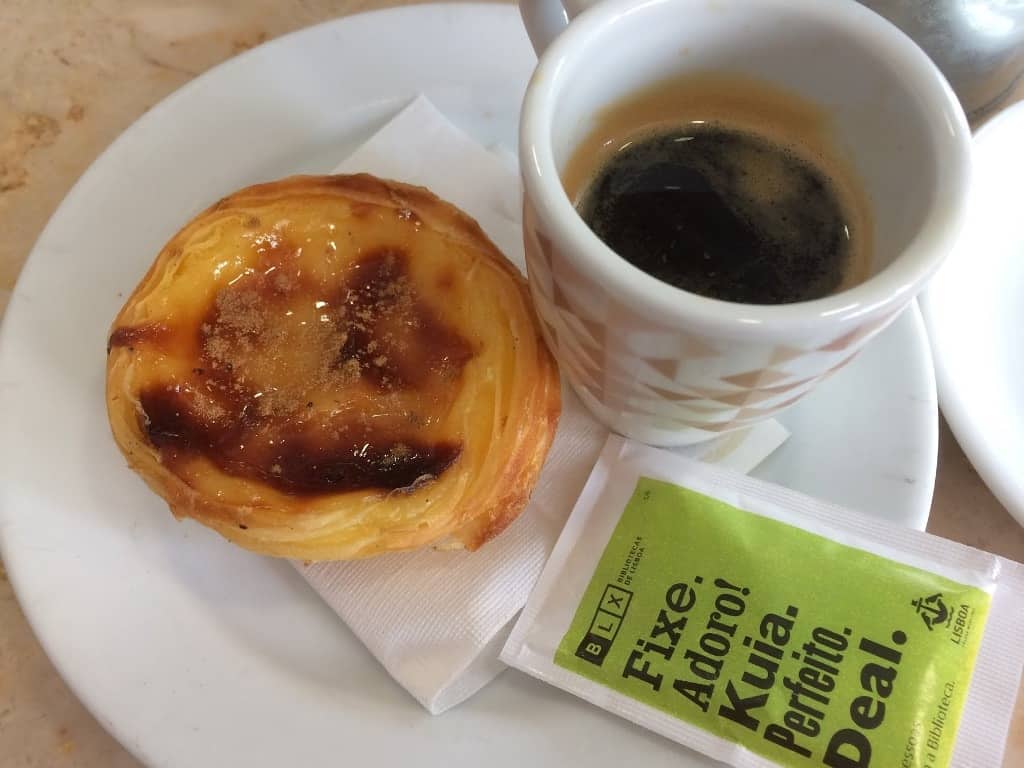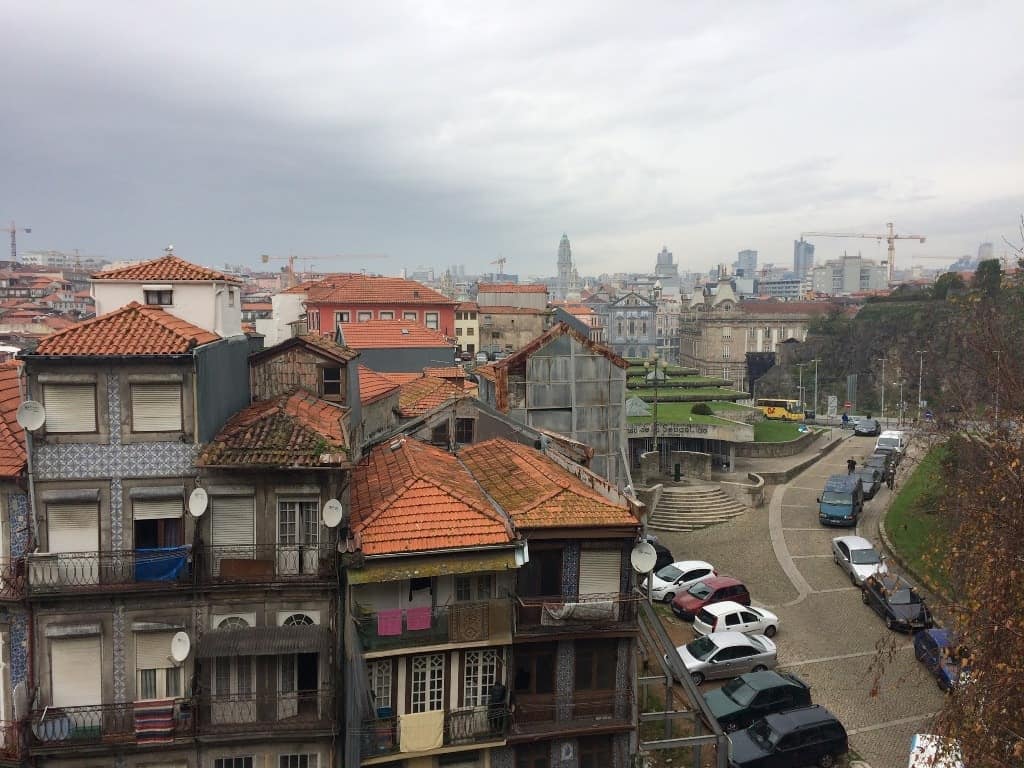When you think of winter breaks, Porto probably isn’t the first city that springs to mind. It doesn’t have the chance of snow and the Christmas markets that cities like Dresden, Tallinn, Strasbourg, and Stockholm have. And, despite being in Portugal, it doesn’t share the same warm climate that the Algarve and even Lisbon get to enjoy during the winter months.
Porto is halfway between those two extremes: it’s warm enough to go outside without the need for a scarf and gloves, but cold enough to still feel Christmasy during the winter. And, that’s what makes Porto such a great city to visit at this time of year.
Then there’s the fact that Porto is considerably cheaper and less-crowded in winter than it is during the summer months when most tourists typically visit. Porto is a small city and, in July and especially August, this can mean long queues of people all trying to get into the same attractions as you. In winter, you are only likely to see a handful of others.
But aside from just being mildly cold and affordable, one great reason to visit Porto is all the wonderful wintery things that there are to see and do here.
What to do in Porto in winter
Sample Portugal’s national drink
Porto is home to the production of Portugal’s national drink: Port. Although most people have tried Port at some stage in their lives, very few people are regular Port drinkers these days. Port is something that’s often associated with older relatives or drunk at Christmas time, and not really given much thought during the rest of the year.
A trip to Porto could change your feelings about Port, though, especially if you take a tour at one of Porto’s many Port houses. Almost all of the Port houses along the riverfront offer tours, including Croft, Ferreira, Cálem, and Taylor’s. Tours are reasonably affordable as well: on the Croft tour, for example, a tour with three tastings costs €10.
Enjoy a little retail therapy
A trip to Portugal, or a trip anywhere new, is a chance to do a little retail therapy and pick up something unique for yourself or friends and family back home.
Castelbel and Claus Porto both make luxury soap that’s sold in high-end boutiques in London, New York, and Sydney, and they’re definitely a good option for a gift to bring back from Portugal. You can buy either of them at A Vida Portuguesa, a shop that specialises in Portuguese-made products, Portuguese brands, and Portuguese cookbooks.
You can’t go wrong with Port either and, with all the knowledge you’ve accumulated from visiting the Port houses, you’ll be able to pick out an exceptionally good bottle. Hopefully, anyway! If you’re not sure, a Late Bottled Vintage (LBV) is a style that many people haven’t tried, but pretty much everybody ends up liking. Liquid restrictions may prevent you from being able to pick up a bottle at one of the Port houses in Porto, but you can buy Port at several of the shops at Porto Airport either.
Tuck into Portuguese comfort food
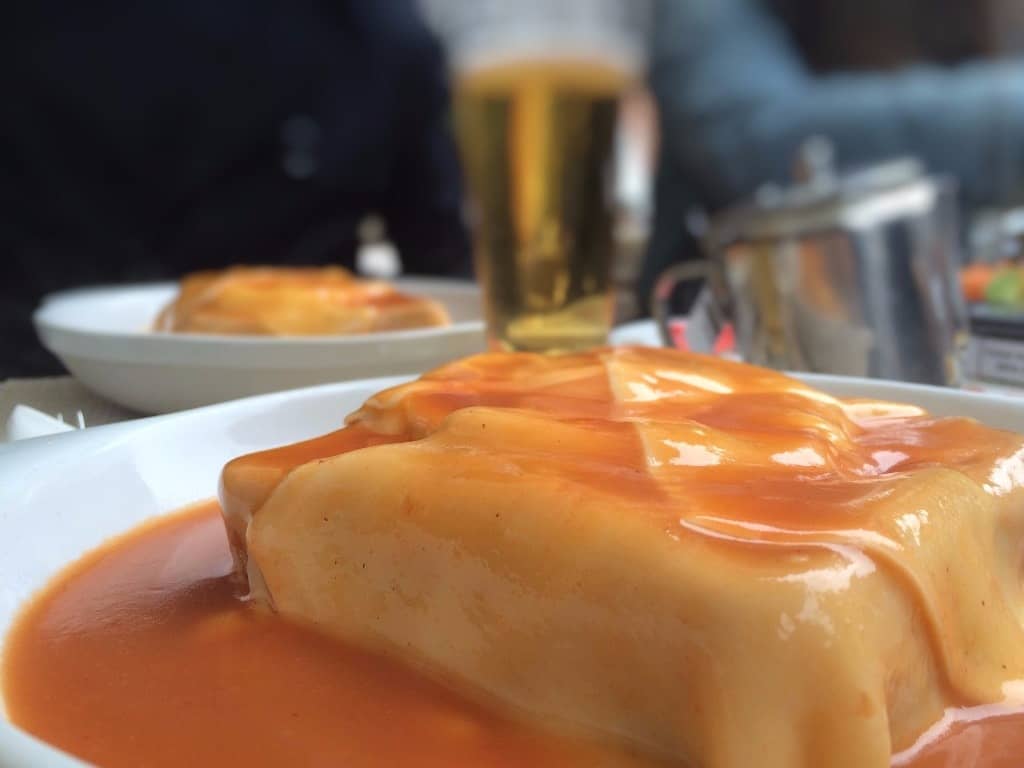
Although Portugal has great weather for most of the year, it has some fantastically hearty dishes that are designed to carry you through the cooler months.
Porto’s very own Francesinha is a good example of this. The sandwich is based on the French Croque Monsieur and, as the story goes, the inventor of the sandwich simply wanted to recreate what he’d eaten in France. It all started off looking reasonably similar until he went a little overboard and added steak, slices of pork, fries, and a beer sauce.
Another good winter warmer to look out for is bacalhau com natas, a dish made from dried salt sod and copious amounts of cream. It’s a little like dauphinoise potatoes, but with bacalhau instead of the potatoes. Bacalhau is Portugal’s national, and most beloved, dish and this is one of the best ways to try it.
Alternatively, Porto is also a great place to enjoy affordable fine dining. Antiqvvm and Pedro Lemos both have 1 Michelin Star, and both offer a lunch menu for €20-25.
Learn to surf
Portugal is a fantastic place to learn to surf. It’s home to 1,800 kilometres of coastline, it has a mixture of waves to suit all abilities, and it’s very affordable as well. You can even learn to surf in the winter.
Although it gets a little colder during the winter months, most surf schools in Porto don’t shut down. In fact, this is probably the best time of year to learn: the beaches are quieter, the cost of instruction is usually cheaper, and the class sizes (if you’re learning in a group) are likely to be smaller.
Many surf schools like Salty Wave and Surfivor offer packages that include both accommodation in Porto and lessons nearby or you can book them separately if you prefer.
Curl up with a good book
In winter, there’s nothing better than snuggling up with a good book and, since you’re in Porto, a glass of Port as well. Although it’s not commonplace in Portugal, there are a couple of bars in Porto that have log fires such as Armazem and the bar at The Yeatman. But first, you’re going to need a book.
Porto’s most famous bookshop is without a doubt Livraria Lello. This has always been an iconic bookshop, but has become even more famous since it was revealed that it inspired aspects of the Harry Potter novels. The bookshop is worth visiting although, due to Potter-tourism, the bookshop now charges an entry fee of €3.
Other bookshops to consider are Livraria Académia and Livraria Leitura. Neither charges an entrance fee, thankfully, and both are much more suited to slow browsing.
Get to work on your next (or first) novel
Of course, if Porto can inspire J. K. Rowling to write Harry Potter, then maybe you’ll be feeling like putting pen to paper (or fingers to keyboard) as well?
Porto has plenty of great cafes where you can sit and enjoy an espresso and a pastel de nata, and watch the world go by as you look for inspiration. Rowling is believed to have written large chunks of hers at Majestic Café on Rua Santa Catarina, and its Belle Epoque décor will definitely attract the romantic in you.
Others might prefer somewhere with good Wi-Fi and comfy seats. Porto is an up-and-coming destination for digital nomads, and there are plenty of co-working and freelancer-friendly cafes around the city like Porto i/o, Typographia Cowork, Café Progresso, and Bar dos Artistas.
How to get to and from the airport
Metro: There is a direct connection between the airport and the city center with the Line E (purple). The metro runs every 20 to 30 minutes. It will take you 25 minutes to get to the city center and a one-way ticket costs 2,45 €.
Bus: There are a couple of buses that connect the airport with the city center like bus No 120 that runs every 30 to 40 minutes and takes 30 minutes to get to the city center. One way tickets cost around 2 €.
Private Transfer/Taxi: The easiest and most convenient way to get to and from the Porto airport is a private transfer. Welcome pickups charge the same as a taxi, but the driver will be waiting for you in the arrivals hall, he will give you a bottle of water and a map of the city and will be able to provide you with local information. It will take you 20 minutes to get to your hotel in the city center and the cost is 24 € for up to 4 passengers traveling together.
Click here for more information and to book your private transfer.
Where to stay in Porto
Located in the União de Freguesias do Centro area of Porto, this hotel offers basic clean rooms with air-condition, free wi-fi and cable TV.
Click here for more information and to book your stay.
Vincci Porto $$
This elegant 4-star recently renovated hotel is housed in a landmark known as Bolsa do Pescado located on the waterfront. It offers elegant rooms with air-conditioning, free Wi-Fi, and mini bar.
Click here for more information and to book your stay.
Hotel Dom Henrique – Downtown $$
This recently renovated hotel in the heart of Porto offers modern rooms with free wi-fi, air-conditioning, satellite TV and mini bar. It also has a rooftop bar offering panoramic views and a restaurant serving tradditional portoguese cuisine.
Click here for more information and to book your stay.
Have you visited Porto during the winter months? Where did you stay and what did you do? Share your tips with me, and other readers, by leaving a comment below.
James writes the travel and shopping blog Worldwide Shopping Guide, a guide to shopping around the world. You can follow his adventures and latest posts on Facebook.

